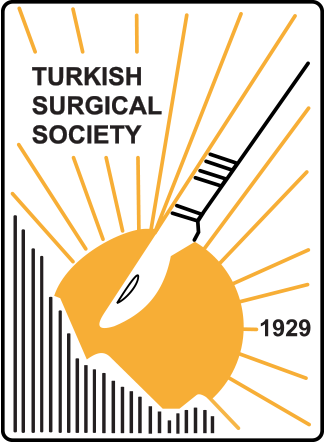ABSTRACT
The collection fluid of negative pressure wound therapy (NPWT) is a promising material for diagnostic and research of the wound. However, a standardized method for wound fluid collection has not yet been established. Only a few techniques have been described as drilling the canister or disrupting the suction port system. A simple and sterile method for collecting wound bed fluid directly after NPWT is demonstrated.
INTRODUCTION
Studying the wound fluid from various types of chronic wounds after negative pressure wound therapy (NPWT) has become a widely used approach for both diagnostic and therapeutic applications (1, 2). Most published studies have been performed after NPWT with instillation. However, a standardized method for wound fluid collection has not yet been established. Only a few techniques have been described in the English literature, which involve drilling the canister, using a specially designed canister, or disrupting the suction port system (1, 3, 4).
Collecting wound exudate from NPWT systems for laboratory evaluation—whether for clinical research or therapeutic decision-making—remains a significant challenge. To date, there is no consensus on specimen collection, and only a limited number of studies provide methodological details.
As the periwound skin is colonized by microorganisms, any non-sterile manipulation during wound fluid sampling may introduce contaminants and interfere culture results if the intension of wound fluid collection is to assess microbiological burden on the wound bed. The primary aim of collecting wound fluid under sterile conditions is to allow reliable analyses and measurements that accurately reflect the wound bed environment.
This brief report introduces a simple and sterile method for collecting wound bed fluid directly after NPWT. The technique is designed to ensure most accurate measurements for both clinical and research purposes, without compromising the integrity of the closed negative pressure system.
Technique and Commentary
Steps for Collecting Wound Fluid After NPWT (Figures 1-8, Video 1):
• The NPWT device is turned off at least 15 minutes before sample collection.
• The drapes sealing the wound are carefully removed.
• A sterile 60 mL catheter-tip syringe is prepared, and the plunger is removed.
• The foam covering the wound surface is sterilely removed using a clamp or forceps.
• The foam is placed inside the syringe barrel, and the plunger is reinserted.
• The plunger is pressed down to compress the foam, expelling wound fluid into a sterile urine container.
For our laboratory, 2 mL of wound fluid is sufficient for routine biochemistry and complete blood countanalyses. This method reliably yields 7-10 mL of sterile wound fluid, depending on wound size and volume.
Two previous reports in the English literature described wound fluid collection methods that may compromise sample purity by drilling the canister or incorporating an additional reservoir into the suction system (3, 4). Our straightforward technique enables direct collection of wound bed fluid before it contacts any potentially contaminated surface, avoids disruption of the NPWT system, and provides an adequate volume for analysis after conventional NPWT.
Our aim is to present a sterile technique that serves as a scaffold for wound fluid collection method to avoid any contamination that may alter the laboratory and/or microbiological results. Any feedback and modification suggestions from our colleagues worldwide will guide us to develop a better and a collective widely recognized approach.



